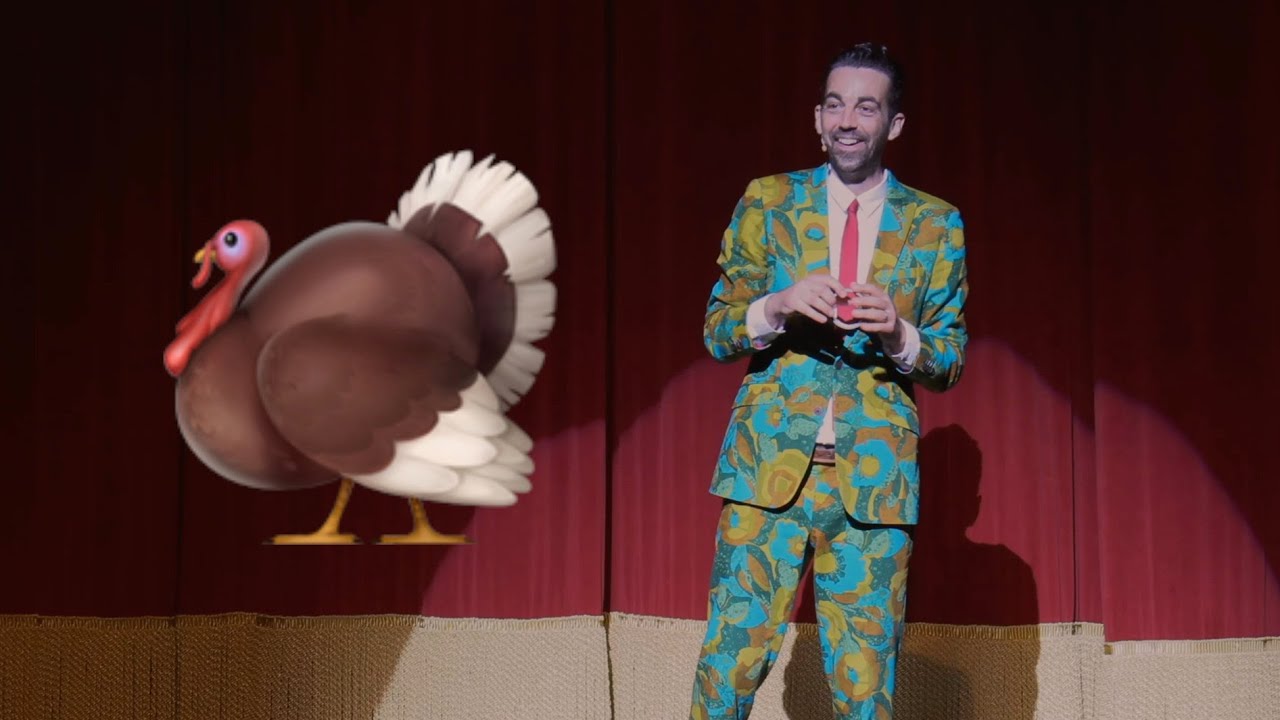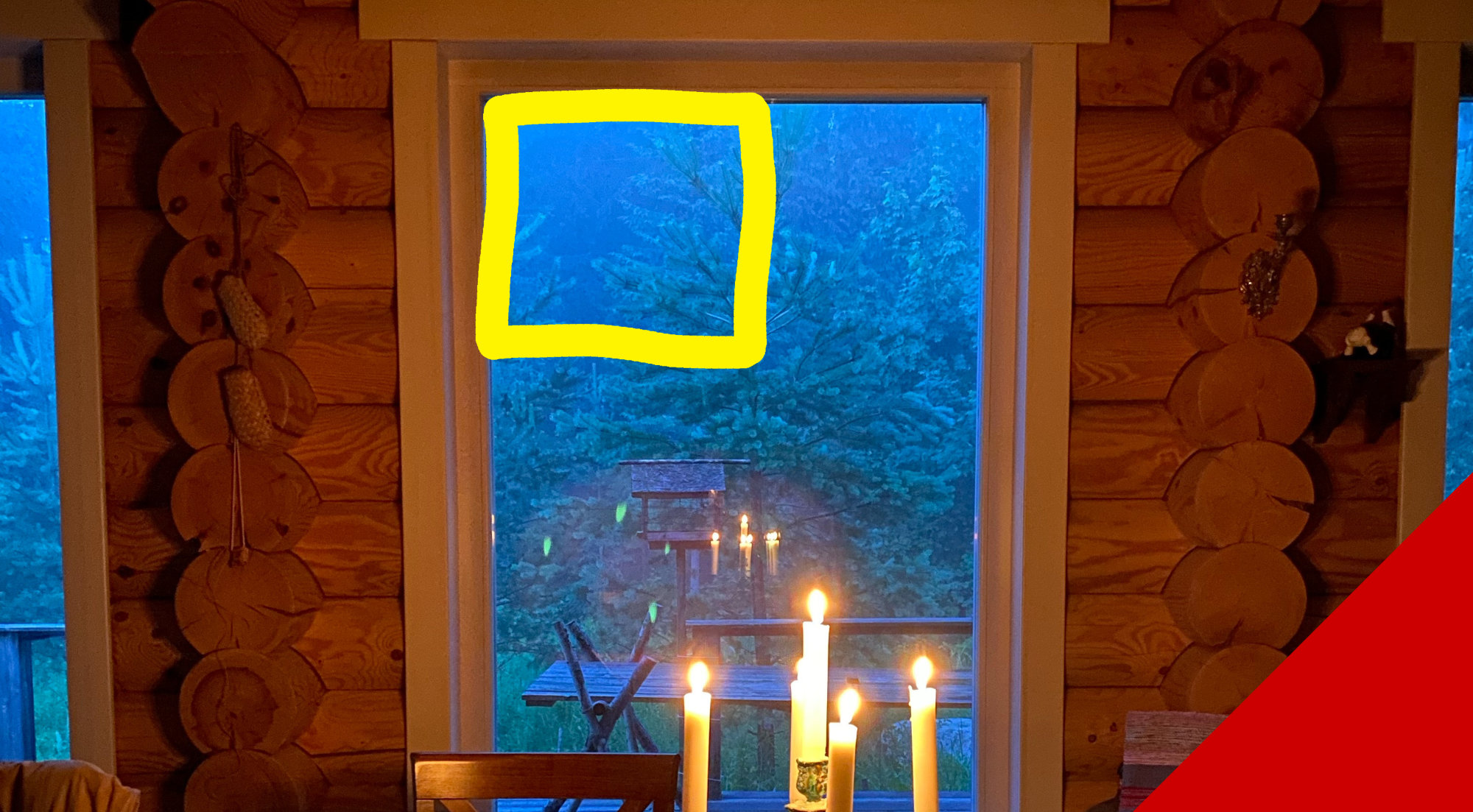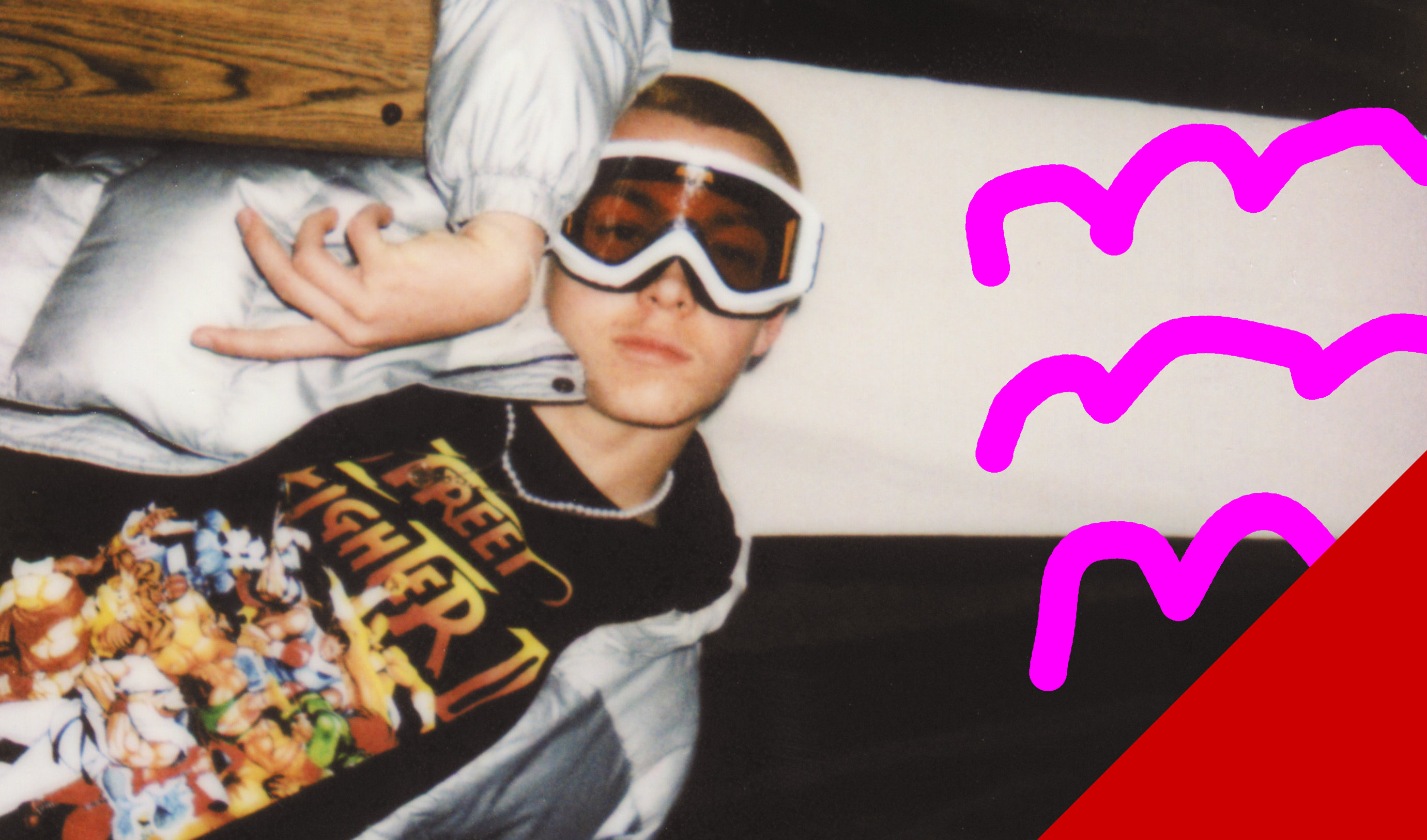
When I was a virgin christian, people would try to hook me up all the time with other virgin christians. It was specific – especially in the atheist circles where I hung out. My buddies that were trying to get laid were bummed about it because I wasn’t going to do the good stuff with any of these girls if I met them. My buddies were not getting voluntary matchmakers like I was.
Friends were not thinking “I need to introduce Scot to every girl I know.” They weren’t even thinking “I want to find someone for Scot.” They were thinking “oh! I know another person that’s a virgin christian”
We can get more specific
If we can work with one person in a powerful way and sustain that way, imagine the impact we can have on that person! Usually, we need more than one.
Entertainers are often afraid of pigeonholing themselves to a really specific type of client. We usually don’t need to be. We usually have the opposite problem.
If we can plan to serve one kind of client, we can get really really good at that, then we can expand from there. A company needs to profit first, then grow. A creator needs to express first, then grow. A craftsperson (which is what entertainers are) needs to serve first, then grow.
When we go too broad, we …
- have trouble serving our dream clients
- don’t have enough bandwidth for our dream clients
- don’t feel fulfilled
- have a lot of work to do marketing ourselves
- don’t know how to create the next thing
It leads to vetted connection
I went on a few blind dates with virgin christians. I didn’t really care about dating very much at the time, so I didn’t follow through much… and, as I said, I preferred to hang with atheists at the time… just like Jesus did. I was willing to try the dates (and I think the girls were willing) because I thought “This person is specific, they might be right for me.”
What if every person we meet has only one lead for us? What if every lead we had was very close to right for us? There are 8 billion people in the world. Would that be enough, or do we still need to be right for everyone?






















